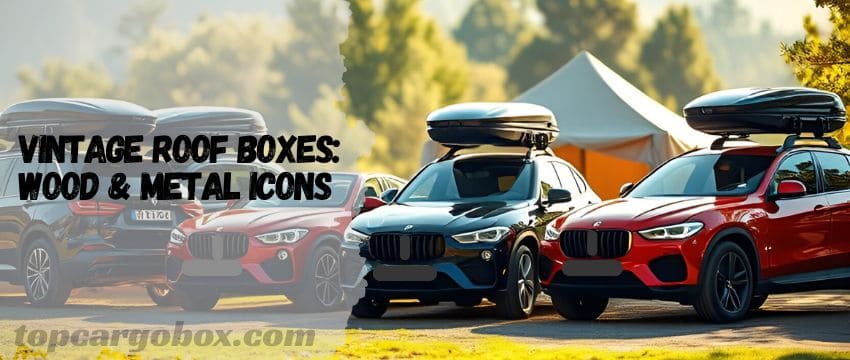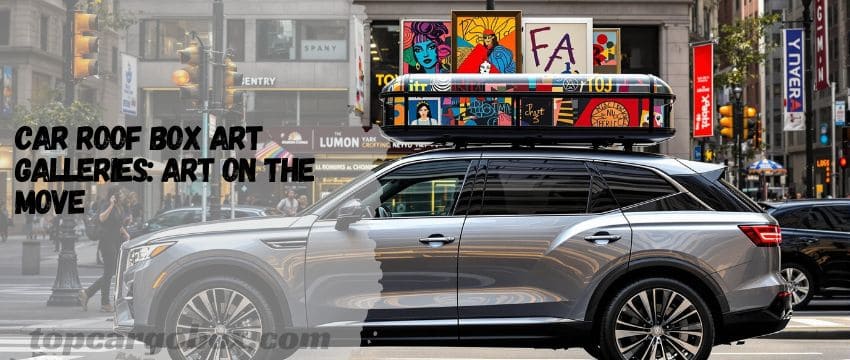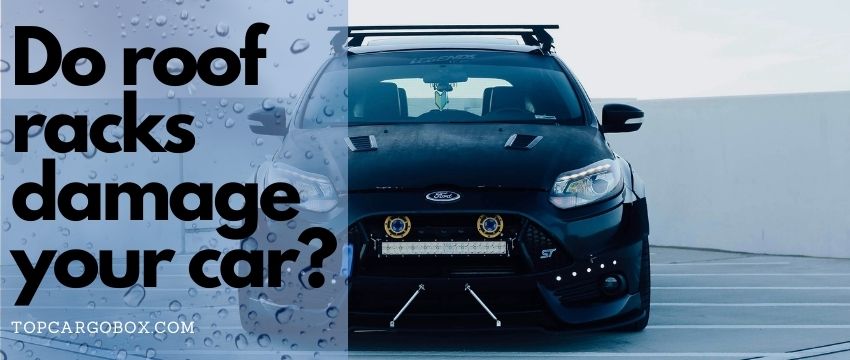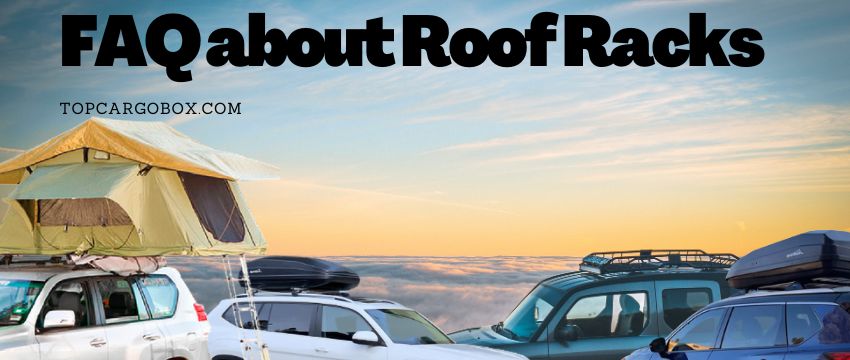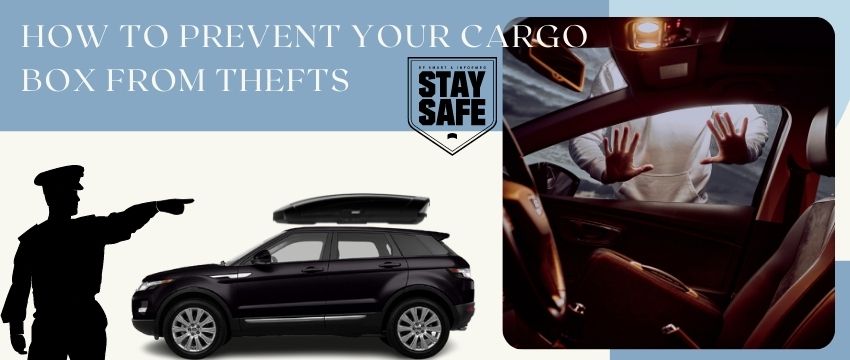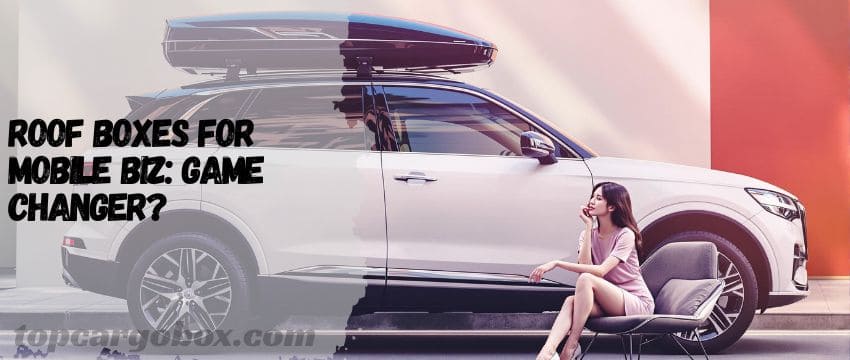How’s it going, retro road warriors? Ever spot one of those old-school cars with a weird bulky thing strapped to the top and think, “What even is that?” Trust me, you’re gonna love this deep dive. Back in the 1920s, these rooftop boxes were basically hand-carved wooden beasts—no two alike, each screaming “look at my vacation swagger.” Fast-forward to the 1980s, and they’d morphed into slick metal spaceships, all curves and shiny vibes. But here’s the kicker: they weren’t just about stuffing in extra suitcases. Nah, they were a rolling flex, like a neon sign yelling, “I’m here to cruise in style.”
Okay, let’s get real—why should you care about grandma’s roof box? Picture this: 1950s family road trips. No streaming playlists, just Dad’s questionable driving and Mom’s sandwiches smooshed under a tent-sized luggage crate. These boxes? They were the OG organizers, keeping chaos at bay while low-key flexing your family’s “we’ve got it together” vibe. And hey, ever tried cramming a week’s worth of gear into a tiny trunk? Exactly. These things were lifesavers with personality. Plus, who didn’t wanna roll up to a diner looking like you’d just conquered Route 66?
Here’s the wild part: vintage roof boxes aren’t just dusty relics. 2020s road-trippers are snatching them up for that retro-cool factor—mixing modern guts (think lightweight materials) with throwback looks. For real, how cool is it that your camping gear chills in a box that’s seen more adventures than your Instagram feed? And guess what? Brands are now copying those 1980s curves because, let’s face it, nostalgia’s a vibe that never dies. Still not convinced? Imagine your ride decked out with a candy-colored pod that whispers, “Yeah, I’ve got stories.” Sold yet? Drop your thoughts below—let’s geek out over these mobile time capsules.
1920s-1930s: The Birth of Wooden Wanderlust
Crafted Like Furniture (Because They Basically Were)
How’s it going, vintage gearheads? Let’s talk about those early road trips where “packing light” meant tossing a literal piece of furniture on your ride. Picture this: you’re cruising in your Model T, and someone suggests strapping a fancy oak cabinet to the roof. No way, right? But guess what—those OG road warriors totally did it! Carriage makers (yep, the horse-and-buggy crew) built these boxes with dovetail joints and shiny brass hinges, making them look less like luggage and more like your aunt’s heirloom sideboard. Oh, and get this: empty, these things weighed 80–120 pounds. For real? That’s like hauling your grandma’s piano up there! But hey, if it matched your grandma’s dining set, who’s complaining?
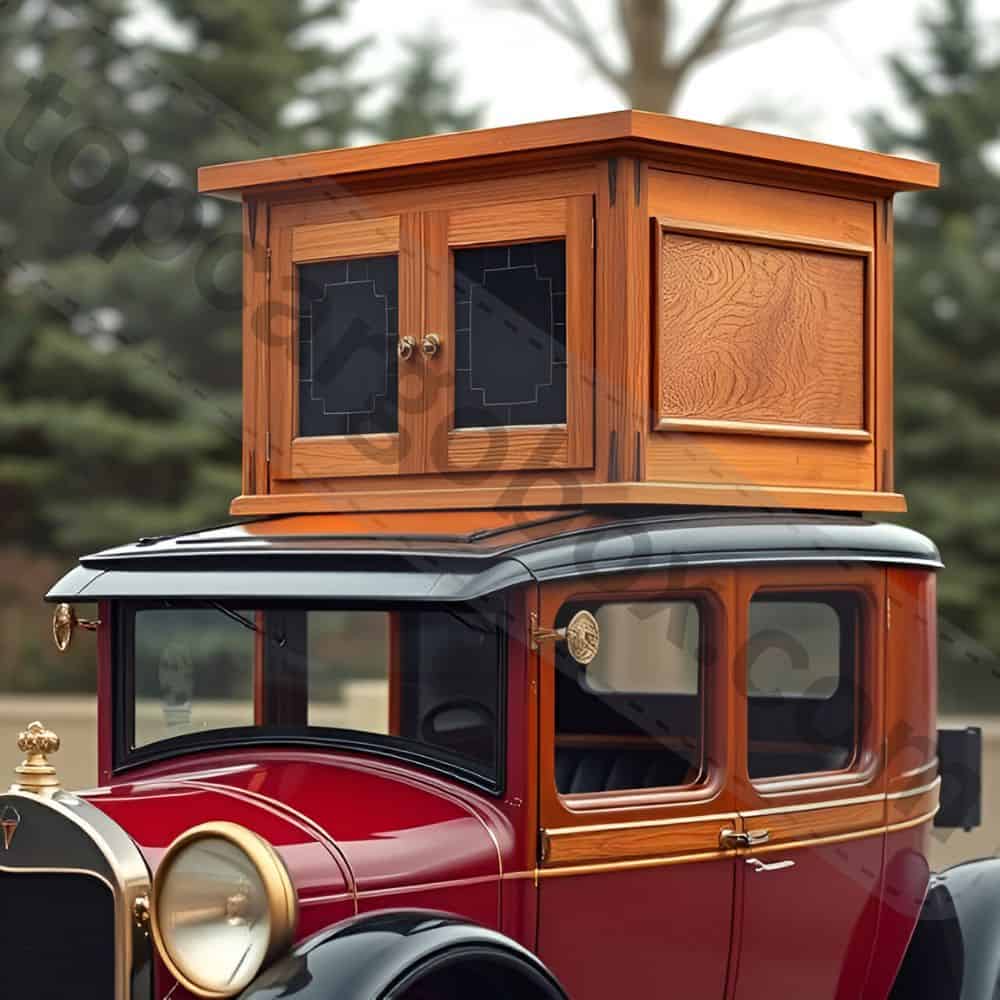
Now, let’s gripe for a sec. Ever tried lifting one of those 80–120 pound monsters onto your car roof? Spoiler: it sucked. Back then, “lightweight” wasn’t exactly in their vocab—these boxes were built like tiny armored tanks. And sure, they looked sharp with their polished wood and fancy details, but imagine hitting a bump and hearing your dishes rattle inside a 120-pound wooden crypt. Still, you’ve gotta admit, there’s something hilarious about prioritizing aesthetics over practicality. “Does it hold my suitcase?” Nah, but it’ll flex your style at the next pit stop. Would you trade that for a boring plastic box? Nice try, modern era.
Here’s the kicker: those clunky crates were low-key genius. Think about it—carriage makers didn’t just slap these together. They used techniques meant for literal horse carriages, so your roof box could survive a zombie apocalypse. And yeah, maybe strapping it down required a PhD in knot-tying, but come on—how many of your Instagram friends have a ride that doubles as a portable antique display? Totally impractical by today’s standards? Maybe. But here’s a thought: what if today’s “ultra-light” roof boxes are missing that old-school charm? Brands are now copying those brass hinges and dovetail designs because, let’s face it, nobody’s posting pics of their generic plastic tub. Still skeptical? How’s that 80-pound retro vibe sound compared to your soulless modern gear?
The “Auto Trunk” Era Begins
Before integrated car trunks, drivers needed somewhere to stash spare tires and suitcases. Cue wooden roof boxes! Brands like Sears Roebuck sold DIY kits for $15 (about $250 today). You’d bolt them to roof rails with leather straps. Are you kidding me? Safety took a backseat to style.
1940s: War, Metal, and Make-Do Designs
WWII’s Metal Crunch Sparks Innovation
With steel rationed, manufacturers recycled wartime scraps into boxes. Think riveted aluminum panels and dent-resistant alloys. These boxes were lighter (50–70 pounds) but rusted faster than you could say, “Hit me up if you need WD-40.”
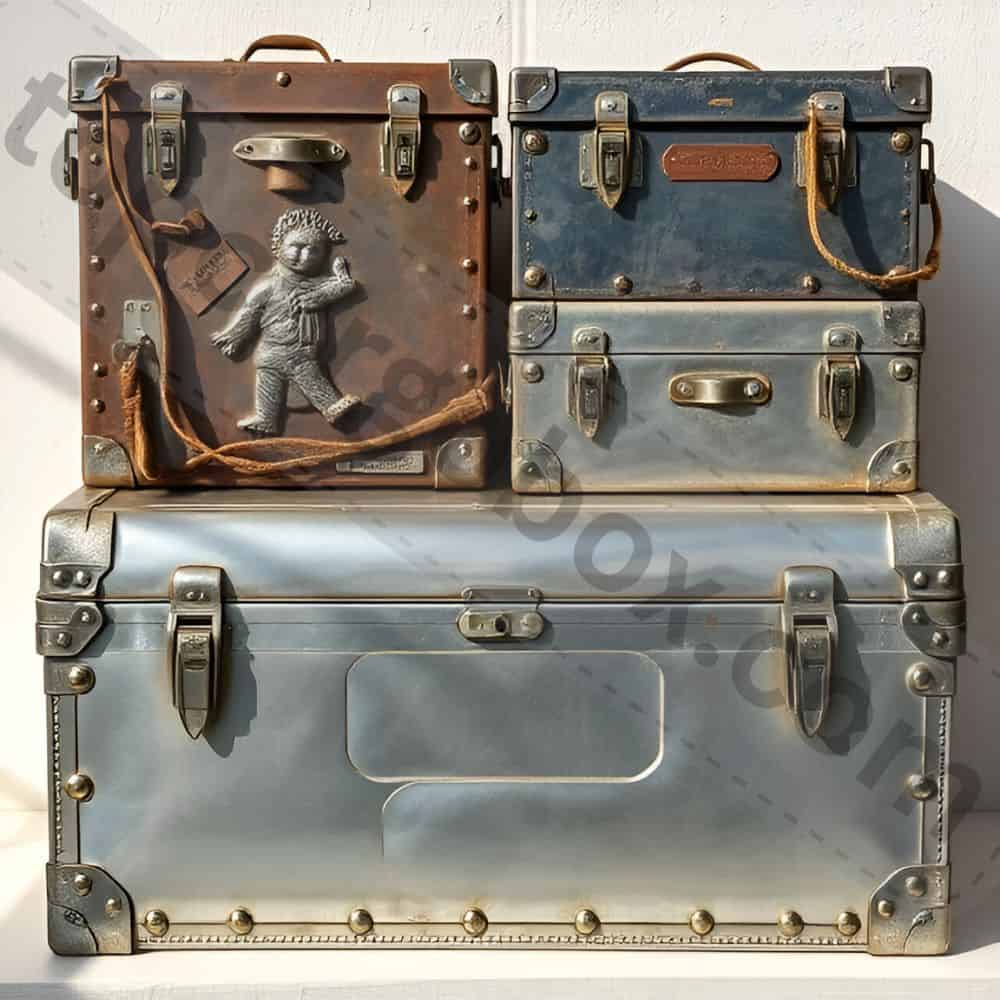
Military Influence Goes Civilian
Post-war, surplus aircraft materials trickled into consumer goods. Boxes got sleeker, with rounded edges mimicking bomber fuselages. Old school cool, right? But they still required muscle to hoist onto your Chevy Fleetline.
Table: Key Features of Historic Roof Boxes
| Feature | Specification |
|---|---|
| 1920s Wood Boxes | Hand-carved oak, leather straps |
| 1940s Metal Boxes | Riveted aluminum, 60 lb capacity |
| 1950s Streamliners | Steel bodies, chrome accents |
| 1970s Family Haulers | Expanded size, 18 cu ft space |
1950s-1960s: Chrome, Steel, and Road Trip Dreams
Family Vacations Demand Space
Baby boomers hit the roads, and station wagons needed backup storage. Enter steel roof boxes with chrome trim and padlocks. They held _150+ pounds of camping gear—perfect for Yellowstone trips. Dude, your dad probably duct-taped one to the family wagon.
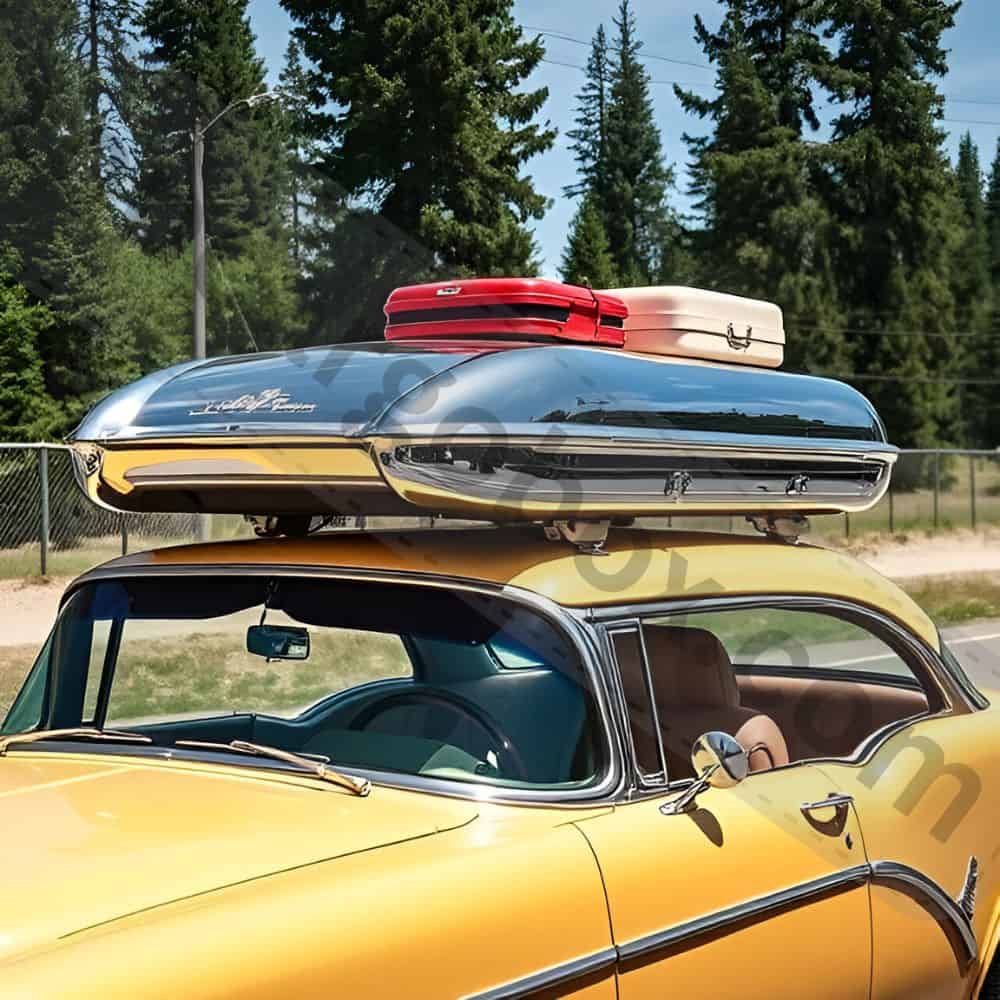
The Rise of “Auto-Porter” Brands
Companies like Car-Top Carrier Co. dominated with ads promising “No more backseat chaos!” Their boxes used waterproof tarps and steel frames, but condensation? That sucked. Mildew city.
1970s-1980s: Boxes Get Practical (Sort Of)
Plastic? Nah, Steel Still Rules
Even as plastics emerged, steel boxes stayed popular for durability. They came in avocado green and burnt orange—that’s lit for disco-era vibes. But good luck finding one without rust today.
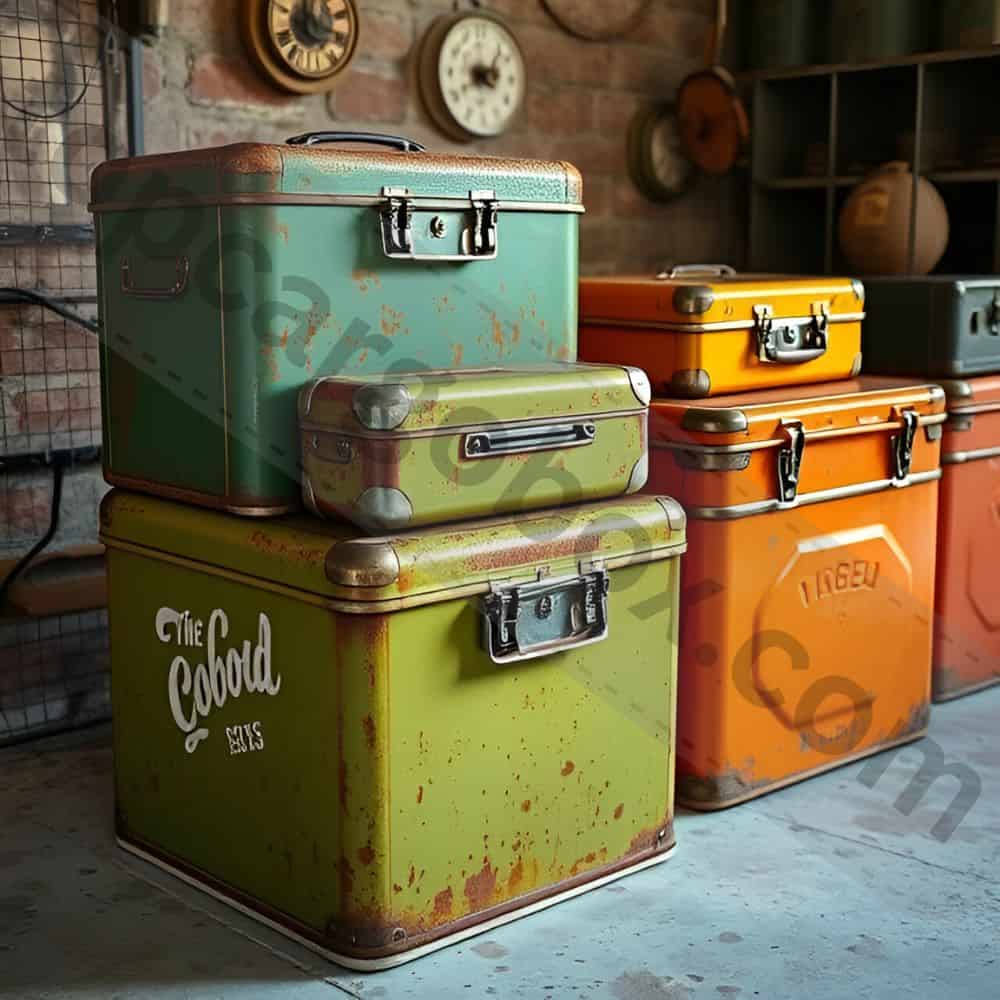
The DIY Craze Hits Roof Storage
For real? Yep. Magazines like Popular Mechanics shared blueprints for plywood boxes. Off the top of my head, these homemade beasts weighed 90 pounds and leaked in rain. But hey, they cost $20 to build!
Why Vintage Boxes Still Matter
They’re Time Capsules on Wheels
Finding a 1930s wooden box is like uncovering buried treasure. Each scratch tells a story—cross-country moves, honeymoons, breakdowns. Who knew grandma’s luggage had drama?
Modern Retro Inspo
Companies like Stitchback replicate vintage designs with lightweight materials. No big deal if you want nostalgia without the backache.
Quick Questions, Quick Answers
How do I know which roof box fits on my car?
Check your roof rail’s weight limit first—don’t wing it. Vintage boxes need custom racks, so measure your car’s width. For classic cars, forums like Jalopy Journal have guru advice. You good?
What are the disadvantages of a roof carrier on a car?
Wind noise, ugh. Mileage drops by _2–5 MPG too. Plus, lifting a _100-pound box? That’s crazy! Rust and leaks? Tell me about it.
How fast can you drive with a roof box on your car?
Vintage boxes? Chill at _55 MPH max—they’re not aerodynamic. Modern ones handle _75–80 MPH, but always check the manual. It is what it is.
Can any roof box fit on any car?
Nah. Rails vary by model. A 1960s VW Bus needs wider clamps than a ’57 Chevy. Universal kits exist, but tweaking is part of the fun.
What is the best brand of roof boxes?
For retro vibes, look for Sears or Montgomery Ward originals. Modern fans swear by Thule or Yakima. Want indie cred? Stitchback nails the vintage look.
Final thought: Whether you’re restoring a woodie or craving that ’70s steel vibe, vintage roof boxes are legit road history. Catch you later at the swap meet! 🚗
Our team is creating outdoor-gear relevant articles with passion. If our articles can help you to find the correct solutions for your questions, we will be happy about that. In the content creation process, we usually collect accurate and useful information online or offline to compile our content in an organized way. Consequently, we can guarantee that you can discover some expected answers to your questions. We appreciate your time on our site.

